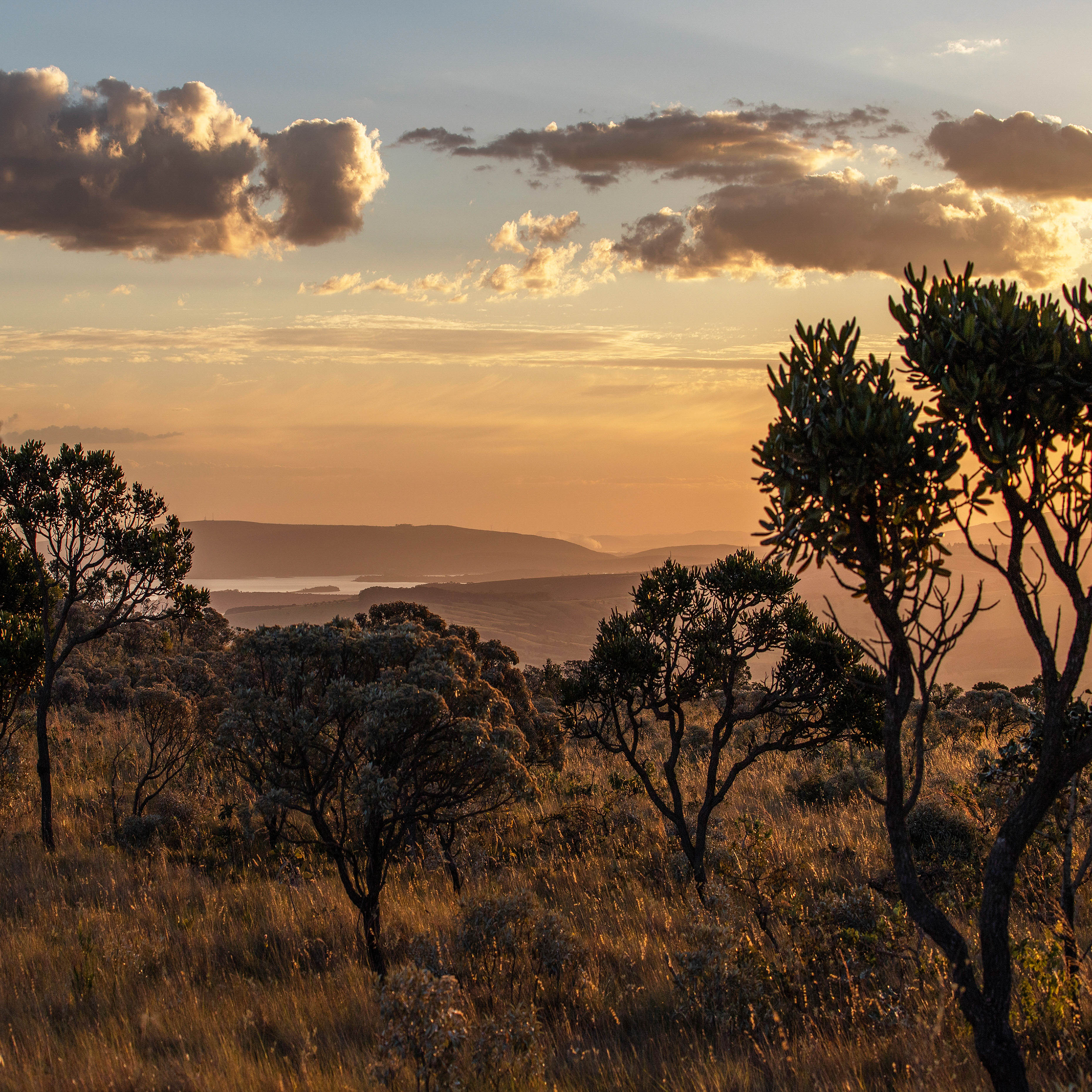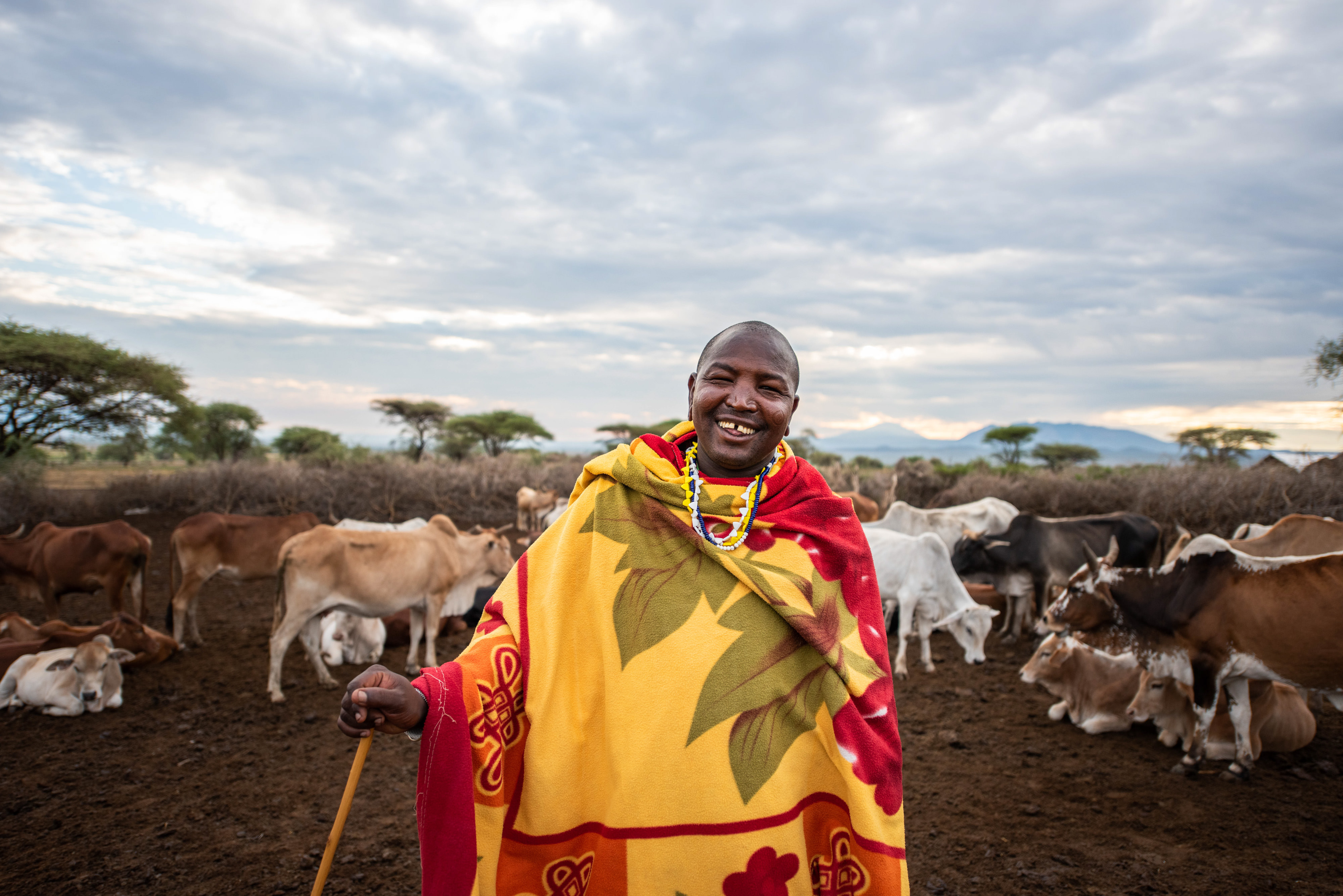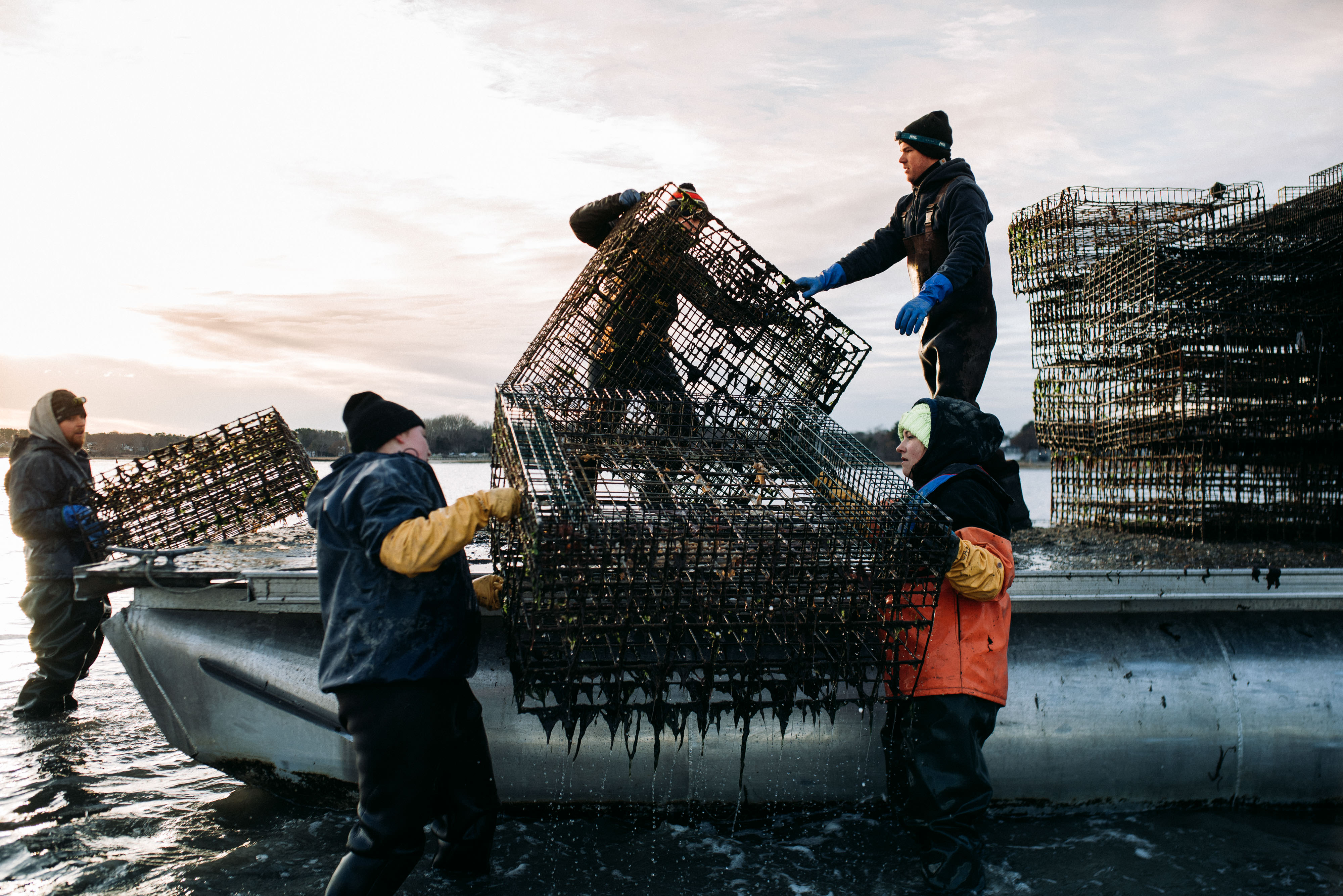Food is more than something we eat to survive—it’s a part of how we thrive. And yet the way we produce food today threatens both people and nature, degrading our land and water, accelerating climate change and species loss, and making our farms, fields and fisheries less productive over time.
Fortunately, the solutions are in our reach. We can shift to a regenerative food system, producing food on land and at sea in ways that work in partnership with the world around us. Together we can turn one of today’s biggest challenges into our greatest opportunity—a food system that goes beyond sustainable and creates positive growth for communities, economies and the planet.
Regenerative Food: A Win-Win Cycle
-
Secures the global food supply
Global food demand is set to increase by 50% by 2050
-
Builds a better economy
One third of the world’s population obtains its livelihood from agriculture, and food production accounts for nearly 10% of the global economy.
-
Increases biodiversity
Agricultural expansion is the primary driver in 80% of native habitat loss globally
-
Protects our water
Agriculture accounts for 70% of freshwater withdrawals
-
Tackles climate change
The global food system accounts for 34% of greenhouse gas (GHG) emissions
-
Ensures a healthy ocean
Food from the sea currently accounts for 17% of the global production of edible meat.
Quote: Dr. Qu Dongyu
We have to create new solutions and find smarter ways to produce more with less input, while keeping in mind that there are no healthy foods without a healthy environment.
Our Perspective
The vast scale of our food system means it can be one of the greatest levers for positive change.
Food production has altered our planet more than any other human activity. It accounts for one-third of greenhouse gas emissions and 70% of all freshwater usage; it is perhaps the single greatest cause of biodiversity loss. But it also provides livelihoods for more than a third of the world’s population. The next decade will be critical to making a global shift to producing food in ways that restore nature and support thriving communities.
A regenerative food system takes us beyond mere sustainability toward positive growth that benefits our planet and the billions of farmers, fishers, ranchers and others who work to provide our food—without sacrificing the health and dignity of rural people and communities of color.
By developing smart strategies in partnership with producers, we do more than make farms and fisheries more productive; we restore habitats, protect clean drinking water, increase biodiversity, and reduce greenhouse gas emissions all while securing the food supply for a rapidly growing population.
Global Insights.
Check out our latest thinking and real-world solutions to some of the most complex challenges facing people and the planet today.

Food Systems Should Be Central to Climate and Biodiversity Solutions
TNC's Global Director of Regenerative Food Systems Saswati Bora urges policy makers to keep food systems at the center while investing in climate and biodiversity solutions.
A truly regenerative approach marries long-held wisdom with system-wide change.
Black, Indigenous and other communities of color have led the way on regenerative food production for millenia, developing ways of growing food in harmony with the natural environment. Their deep knowledge of the land and water they work can guide our shift to a regenerative system on a global scale, but the burden of change cannot fall to them alone.
Governments, corporations and NGOs like The Nature Conservancy need to make major investments and facilitate system-wide structural change. We can start by redirecting the $500 billion governments spend annually on the most harmful agricultural subsidies toward regenerative practices; shifting markets to recognize sustainable practices; leveraging technological innovation; and making direct investments to support resource-poor producers in making the transition.
How can producers serve a growing population of consumers even as the very foundation of a productive food system—healthy lands and clean water—are disappearing at alarming rates?
Food demand is expected to increase by 50% —and protein demand by more than 70%—before we reach 2050. We are at a pivotal moment in history: there has never been a more important time to make changes across the food producing sectors. Transitioning to nature-positive production practices will allow producers to ramp up food supplies while generating long-term returns for themselves and the planet.

The Global Food System is Ripe for Change
How today’s biggest threat to nature could become its best ally.
With more than half of Earth’s habitable lands currently used for agriculture, farmers and ranchers are some of the most important stewards of the world’s lands and water resources.
We can restore the health of our ocean and inland waters and protect sensitive species and habitats by transforming the way we interact with our ocean, lakes and rivers.
-
>30%
of wild fish stocks are now overfished.
-
20
Ending overfishing would halt or reverse the decline of more than half of the key marine mammal, sea turtle, and seabird populations that are threatened as bycatch.
-
120M
120 million full-time and part-time workers are directly dependent on commercial fishing.
-
>US$80B
> US$80 billion could be realized in annual net economic benefits if we manage our global fisheries better.
Our food system is an orchestra of life in which all players depend on each other.
The challenge of the next decade will be to catalyze a massive global shift to food systems that go beyond sustainable to regenerative, working in partnership with nature to drive changes that restore the health and function of entire foodscapes—and the planet. Together we can grow positive.
Foodscapes
A Bridge Toward Food System Transition
Understanding the diversity that underpins our global food systems is crucial if we are going to change it—and change is needed. But global transformation starts with local change. The foodscapes concept and underpinning science detailed in the new report, Foodscapes: Toward Food System Transition, can help build bridges between global ambition and local implementation.
The Nature Conservancy, together with the International Institute for Applied Systems Analysis (IIASA) and SYSTEMIQ, introduces the first analysis, classification and mapping of the world’s foodscapes. This spatially explicit approach enables new ways of envisioning, managing and implementing the transitions that are, and will continue to be, necessary for the full-scale transformation of our global food systems. Download the report >

Foodscapes for People and Nature
Mapping the diversity of food production around the world to inform food systems transformation.
Event
Farmers & Foodscapes: Listening to Farmers as we Transform Global Food Systems
The Nature Conservancy (TNC) and the Farmers’ Forum, India (Bharat Krishak Samaj) co-hosted a discussion to elevate one of the most important, and unfortunately most often overlooked, voices in the food system: farmers. The farmer-first session included farmer perspectives from Argentina, Kenya, Mexico and the U.S. Leading food systems actors then reacted to the farmer lessons and discussed the pivot toward implementing a global food system transformation for the betterment of people and the planet.
The session also marked the official launch of TNC’s flagship science report, Foodscapes: Toward Food System Transition. This spatially explicit approach enables new ways of envisioning, managing and implementing the transitions that are, and will continue to be, necessary for the full-scale transformation of our global food systems.
The event is also available to view in Spanish, Portuguese and Mandarin.
Global Insights
Check out our latest thinking and real-world solutions to some of the most complex challenges facing people and the planet today.




